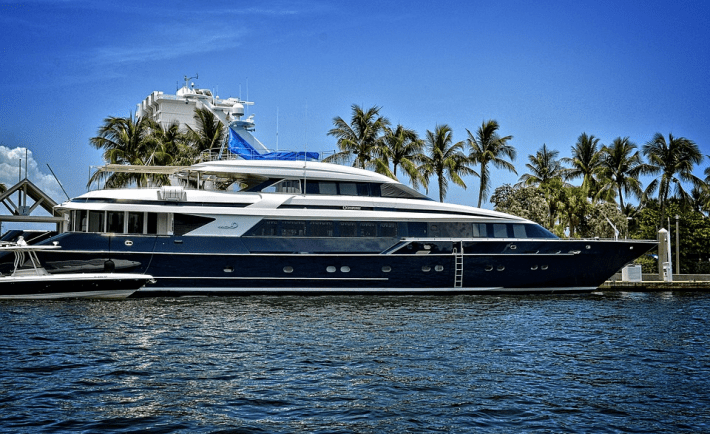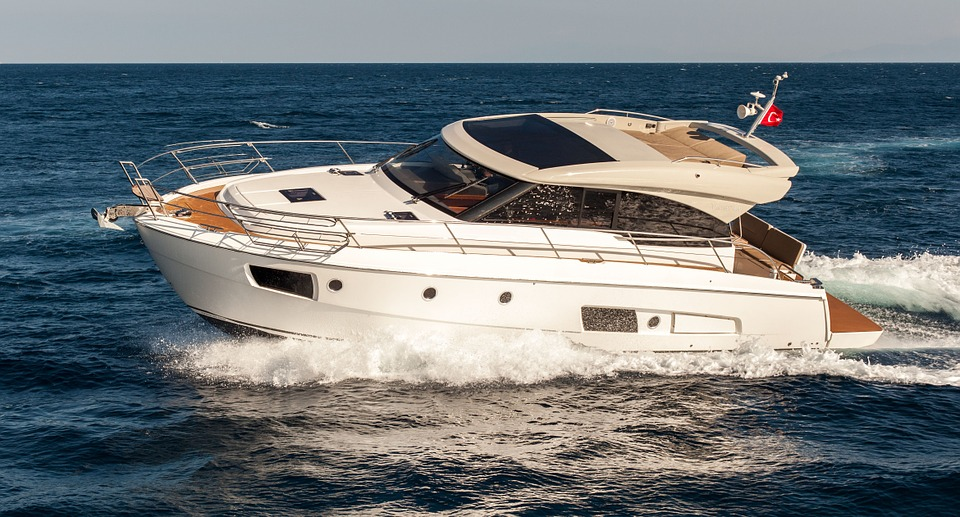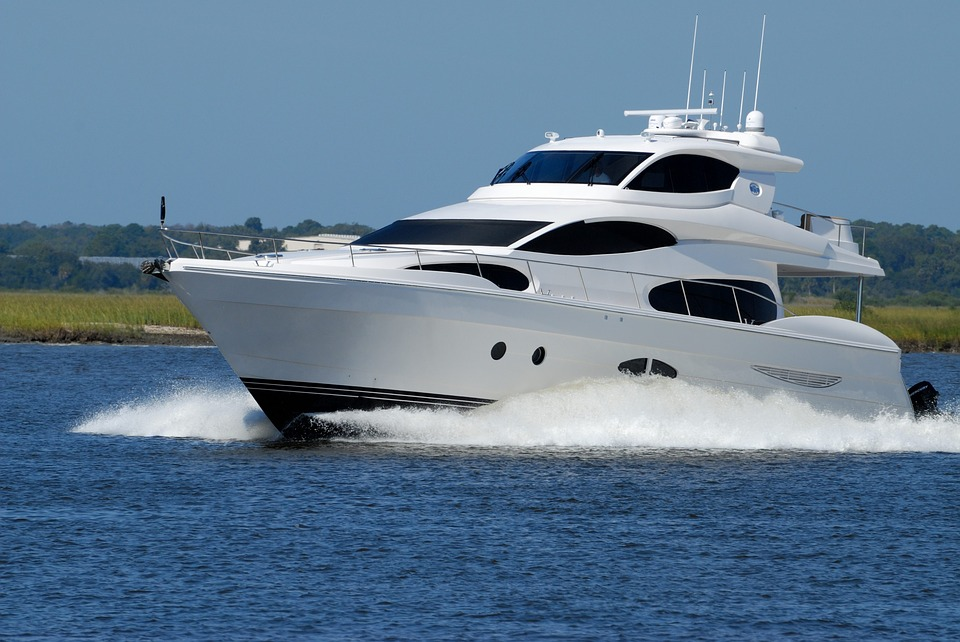
The AtlanticMarineInc.com – Seakeeper section shows various models of this very popular boat gyro stabilizer brand. Gyroscope-based boat stabilizers have gained favor steadily since the 1990s because of the many advantages it has over hydro fins. Seakeeper and other boat gyrostabilizer models are available for 30-foot boats with up to seven-ton displacements to more than 100-foot seafaring boats with water displacement on the upward of 100 tons.
Gyrostabilizers can effectively counteract a boat’s rocking and rolling motion to make your next sea adventure more comfortable. However, it should be noted, especially by those who are buying a boat for the first time, that not all sea vessels come with stabilizers. Here the facts about boat gyrostabilizers, including how they work and whether your boat needs one?
Boat Gyrostabilizers: The Basics

Also known as marine stabilizers and as their name implies, gyrostabilizers are devices that use the same principles of how a gyroscope works to counteract the rolling motion of a boat. These devices vary in size depending on the length and displacement of a boat. While boat stabilizer brands may look different on the outside, they all have a similar core. It comprises of a flywheel that spins and tremendous speeds, sometimes as fast as 10,000 revolutions per minute on a gimbal frame.
The flywheel on boat stabilizers is contained in vacuum housing to eliminate air friction, which can affect its efficiency adversely and cause the device to heat up. Apart from minimizing air friction, some boat stabilizer models like the Seakeeper has a special cooling mechanism that combines cold seawater with glycol.
Boat gyrostabilizers are usually mounted in the engine room. However, the ideal mounting point of gyrostabilizers depends on the center of gravity and center of buoyancy of a seacraft. Expert gyrostabilizer installers also have to factor in the architecture of the boat when crunching up the numbers to determine where to install the device. Gyrostabilizers may either be screwed in or glued very securely into place in its ideal mounting location.
How Do Gyrostabilizers Work?

To understand the physics of how gyrostabilizers work, you’ll need to know what terms such as angular momentum, angular impulse and torque mean. For brevity and ease of understanding, however, we’ll try to simplify this discussion.
The sea is in constant motion, and boats move along with it. As the crescent of a wave hits one side of the boat, the craft naturally tips towards the opposite direction of the wave and back again as the wave subsides. This causes the boat to roll from side to side. At times though, the frequency of wave catches up to the roll of the boat, making the rocking and rolling motion more severe.
Boat gyrostabilizers work by counteracting the tipping force of the wave. When a wave or a swell hits one side of the boat, the gyrostabilizers applies a compensating force in the opposite direction to counteract the force from the wave. The gyrostabilizer moves perpendicular to the waves, which through the laws of physics, work to help keep the boat steady.
Does Your Boat Need One?

While seafaring adventures seem attractive for some, the rocking and rolling of a sea craft can take most of the fun out of it. The constant rolling motion of a boat from side to side causes seasickness, dizziness, nausea and fatigue. This can happen even to experienced seafarers.
Boat gyrostabilizers help prevent these from happening. This ensures that you, your guests and crew get to enjoy the sea better. Gyrostabilizers can also help minimize inconveniences and even accidents, which is necessary if you are planning to have guests who have limited experience being on boats. It is important to keep in mind, though, to consult only with established and certified gyrostabilizer dealers to ensure that you’ll purchase the right stabilizer for your vessel.




